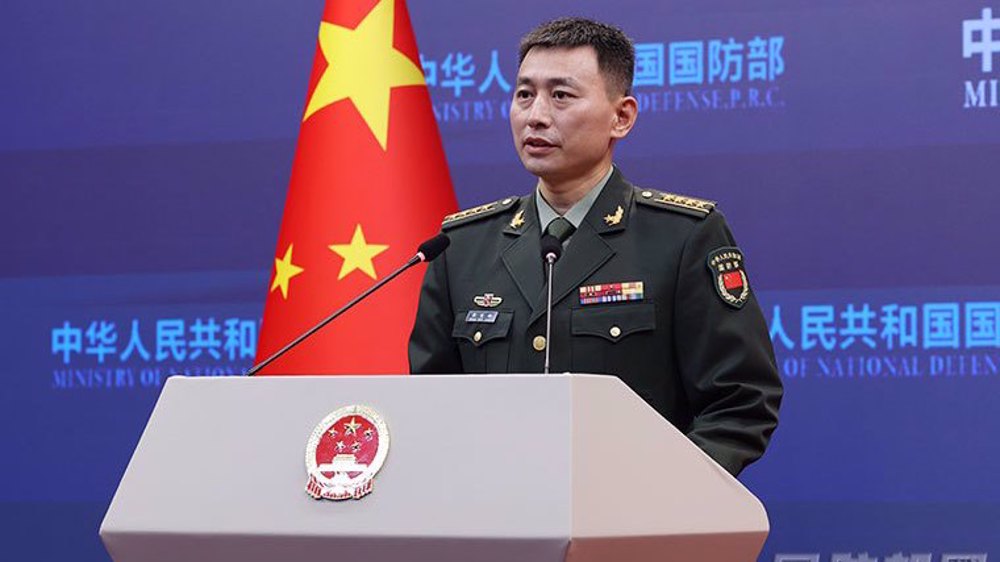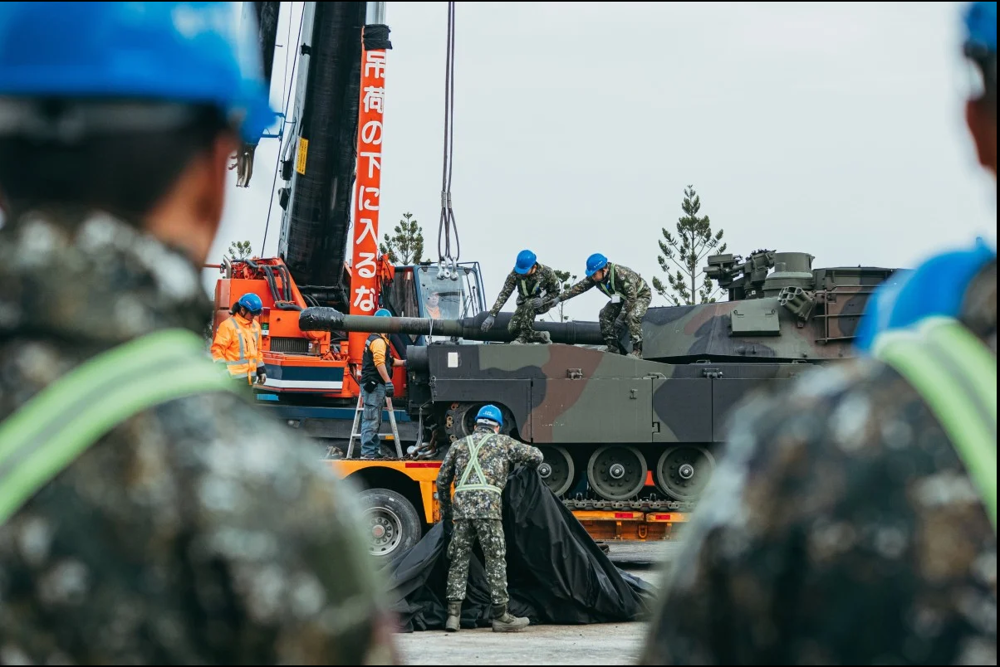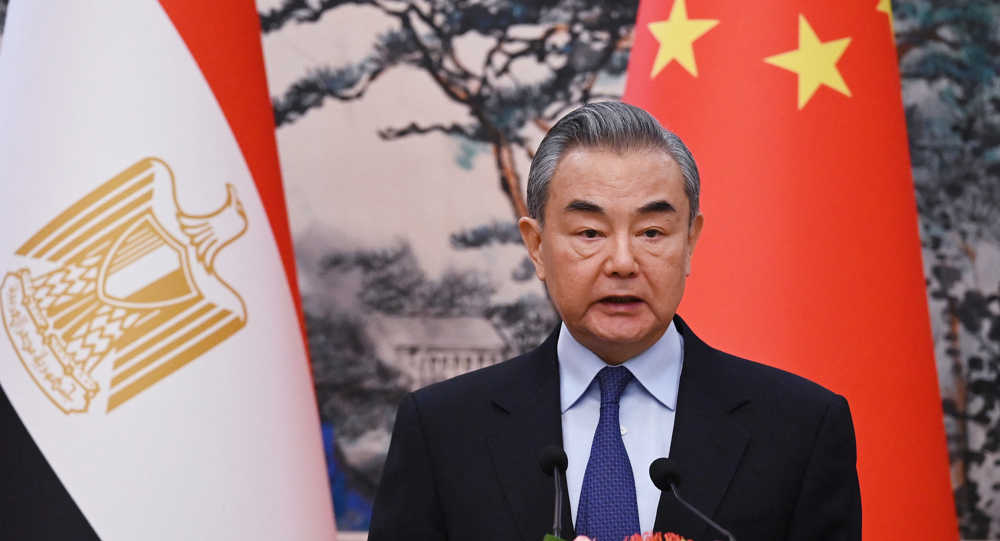China bombers, drones fly around Taiwan amid tensions
China’s air force has flown bombers and reconnaissance aircraft around Taiwan as Beijing conducted a live-fire military drill along its southeastern coast in an apparent warning to the self-ruled island nation and to the United States.
In a statement on Thursday, the Chinese air force said a patrol, including H-6K bombers, had “recently” flown around Taiwan.
An H-6K captain, Zhai Peisong, said, “We are confident to meet any challenge. The motherland is in our hearts, and the jeweled island is in the bosom of the motherland.”
The Taiwanese Defense Ministry also reported that multiple such Chinese aircraft had been seen on Wednesday afternoon flying over Miyako Strait and then into the Western Pacific.
The latest development was reported less than a day after the Chinese army concluded live-fire drills using missile off southeastern China.
State media said different types of helicopters took part in the maneuvers, which were aimed at testing the “all-weather operational capability of the air force at sea.”
The war games covered a two-square-mile area near the city of Quanzhou in China’s Fujian Province, which is around 125 miles off Taiwan’s west coast.
On Wednesday, China’s Taiwan Affairs Office described the self-ruled island’s separatist activities as the biggest threat to calm in the Taiwan Strait.
“No force and no person should underestimate our resolute resolve and strong ability to defend the nation’s sovereignty and territorial integrity,” the office said.
Taiwan: Beijing using "cheap verbal intimidation and sabre-rattling"
Reacting to the military exercises, Taiwan's Defense Ministry said Beijing was using "cheap verbal intimidation and sabre-rattling" to threaten the island nation.
Taiwan’s Defense Ministry spokesman, Chen Chung-chi, said China’s leaders "have been using ... verbal intimidation and sabre-rattling” in the hope of affecting the morale of Taiwanese people.
Taiwan had staged its own war games along its east coast last week, with pro-secession President Tsai Ing-wen in attendance.
Taiwan is a self-ruled island republic, which is viewed by Beijing as a wayward province that should rejoin the mainland and that both territories are inalienable parts of “One China.”
Most of the world countries recognize the “One China” policy, as part of which they could only establish diplomatic relations with the government in Beijing and not the one in Taipei.
In his strongest warning yet to Taiwan, China’s President Xi Jinping said in March that the self-ruled island would face the “punishment of history” for any attempt to split from the mainland.
China’s latest show of force came as the Taiwanese president paid an official visit to Swaziland, a small African state which recognizes Taiwan as an independent state.
Beijing-Taipei relations have grown tense under Tsai.
Adding to Beijing’s fury over Tsai’s pro-independence moves, the US adopted a law last month encouraging more high-level contacts with Taipei. Washington switched diplomatic recognition from Taiwan to China in 1979, but maintains trade relations with the island and provides it with arms.
Last week, Chinese naval forces held a massive military drill in the South China Sea, which has been at the center of a territorial dispute between China and its neighbors.
The US, which has sided with China’s rivals in the row, usually conducts maritime patrols in the resource-rich waters.
The increased military activities in the region come amid rising tensions in trade relations between Beijing and Washington, which have filled global financial markets with fears of trade war.
VIDEO | Yemenis praise the military for its successful operations against Israel
VIDEO | Israel continues to bomb Gaza homes
VIDEO | An insider's view of the country: Meybod City in Yazd
‘All wars have rules. All of those rules have been broken’ by Israel
VIDEO | Report flags India’s violation of rights of Rohingya detainees
Turkey's foreign minister meets Syria's de facto leader in Damascus
VIDEO | US Syria plots
'Next to impossible' to rescue patients from Gaza's Kamal Adwan Hospital: Director










 This makes it easy to access the Press TV website
This makes it easy to access the Press TV website